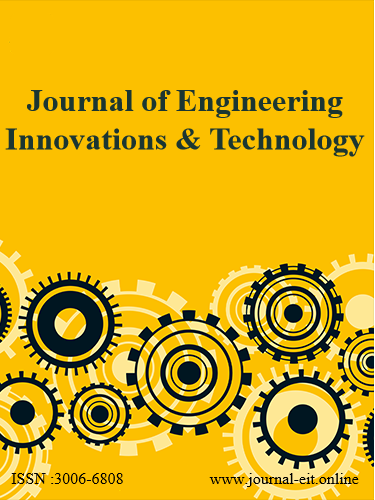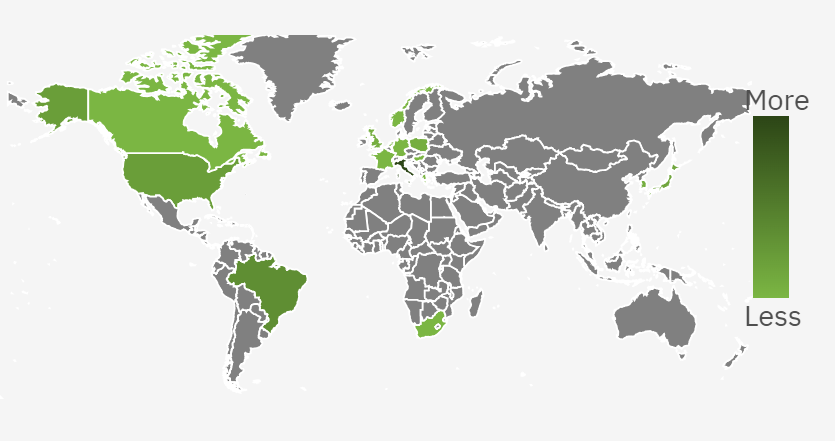 An open access journal
An open access journal
Transforming Education for Personalized Learning and Student Success
Abstract
This paper explores the transformative impact of AI-driven engineering on education for personalized learning and student success. Through case studies and research insights, it investigates how artificial intelligence is revolutionizing traditional educational practices, including curriculum design, assessment, and student support. The study highlights the application of AI techniques such as adaptive learning algorithms, natural language processing, and learning analytics in providing tailored learning experiences, assessing student progress, and identifying intervention strategies. Additionally, it discusses the integration of AI with virtual tutors, gamification, and learning management systems to enable interactive, engaging, and adaptive learning environments. The paper also addresses challenges such as data privacy, equity, and ethical considerations in the deployment of AI-driven engineering solutions in education. It emphasizes the importance of teacher empowerment, learner autonomy, and inclusive pedagogies in leveraging AI's potential to enhance educational outcomes and foster lifelong learning in the digital age.
Share and Cite
Article Metrics
References
- Baker, R. S., & Inventado, P. S. (2014). Educational data mining and learning analytics: Applications to constructionist research. Technology, Knowledge and Learning, 19(1-2), 205-220.
- Clark, R. E., & Mayer, R. E. (2016). E-learning and the science of instruction: Proven guidelines for consumers and designers of multimedia learning. John Wiley & Sons.
- Dede, C., & Richards, J. (2018). AI in education: Promises and implications for teaching and learning. Educational Media International, 55(3), 163-167.
- Kizilcec, R. F., Piech, C., & Schneider, E. (2013). Deconstructing disengagement: Analyzing learner subpopulations in massive open online courses. Proceedings of the Third International Conference on Learning Analytics and Knowledge, 170-179.
- Papanikolaou, K. A., Grigoriadou, M., Kornilakis, H., & Magoulas, G. D. (2002). Personalizing the interaction in a web-based educational hypermedia system: The case of INSPIRE. User Modeling and User-Adapted Interaction, 12(4), 337-386.
- Siemens, G., & Baker, R. S. (2012). Learning analytics and educational data mining: Towards communication and collaboration. Proceedings of the 2nd International Conference on Learning Analytics and Knowledge, 252-254.
- Wong, L. H., & Looi, C. K. (2011). What seams do we remove in mobile-assisted seamless learning? A critical review of the literature. Computers & Education, 57(4), 2364-2381.

